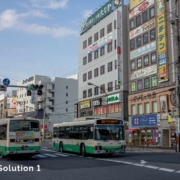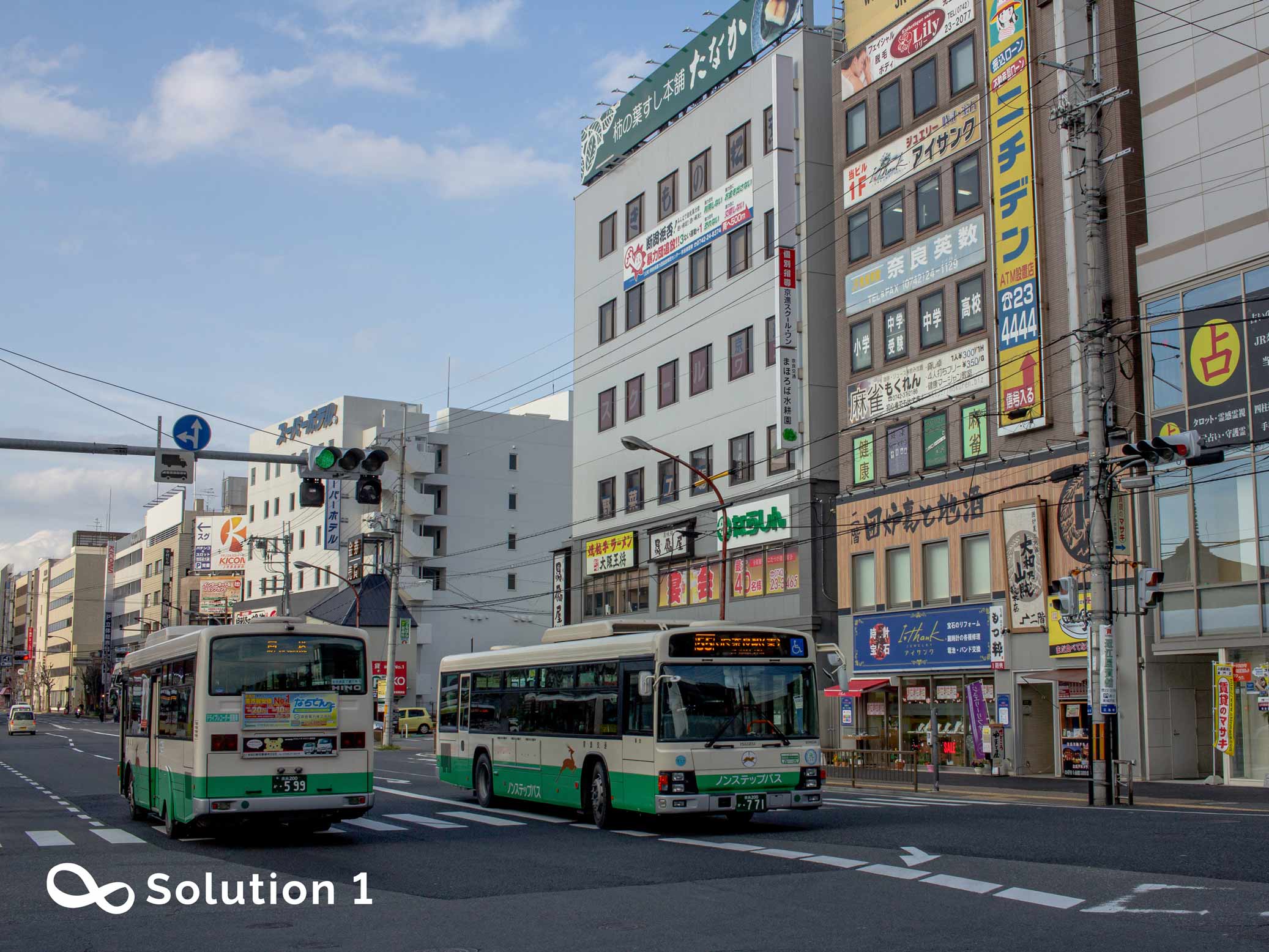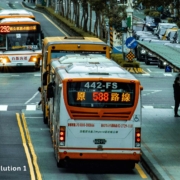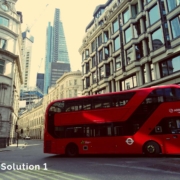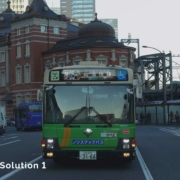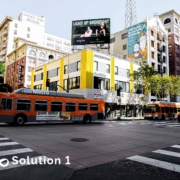Electric buses are a new transportation trend due to their nearly zero air pollution.
- Electric buses are regarded as a beacon of hope for emission-free public transport.
The transport sector is responsible for around a fifth of carbon dioxide emissions globally. Achieving the rate and scale of decarbonization required by the Paris agreement calls for a rapid shift to more efficient travel modes, and more energy-efficient technologies and fuel.
Nowadays, several cities in the world across the world have sustainable mobility plans to reduce carbon dioxide emissions, pollution, and traffic jams. Public transportation, especially in the form of green solutions, such as electrification, walking, and cycling, can have an enormous effect on reducing carbon dioxide emissions.
Electric buses produce up to 75% fewer emissions than conventional diesel buses. Electric buses can also decrease the city transport noise. Some studies have also mentioned that electric buses are more comfortable than buses with combustion engines. Electric city buses are still a fairly new phenomenon in city transport.
Given the backdrop of the Paris Agreement to limit, the introduction and rollout of zero-emission buses in many countries. In addition, many governments have either defined a timetable or are working on a plan to achieve full electrification of diesel bus fleets. Such as the EU started a program in 2013 called ZeEUS to test and facilitate the adoption of electric buses focusing on urban bus system networks. There are over 4,000 battery-electric city buses registered in Europe with a further 3,500 plus electric coaches.
The European Union targets electric vehicle sales shares up to 65% by 2030 for urban buses. In some countries, this is expressed in bans on the purchase of non-electric buses, such as in Norway and the Netherlands from 2025. Similar measures also apply outside the EU. Resulting in growing pressure on public transport companies all over the world not only to replace their diesel buses with electric buses but also to provide appropriate charging infrastructure.
- The new challenges and opportunities of electric bus.
A major concern for operating e-buses in the public transportation system is their limited battery capacity. Most diesel buses have a maximum driving range of larger than 300 km under urban driving conditions; while, the driving range of the e-buses currently available in the market varies from 100 to over 350 km, depending on their battery capacity and driving condition.
The problems of bus electrification mainly include the following aspects: the lack of service guarantee for charging facilities of electric buses, the mileage anxiety caused by the fact that the driving mileage of electric buses is less than fuel and gas buses, the low utilization and income of charging facilities, expensive charging infrastructure costs, and low willingness of social capital to participate in the construction of charging stations.
This leads to two challenges for charging infrastructure. First, there are many electric buses, and the daily charging demand is very high. Thus, it is necessary to consider how to reduce the impact on the regional power grid. How to determine the location and number of charging stations based on fleet size, energy demand, route profile, current charging facility layout, and other factors, and different optimization methods have been used to achieve optimal distribution, thus contributing to the electrification of public transport vehicles.
Such as an e-bus with 350 kWh of battery capacity can cover a range between 190 and 210 km, depending on the local driving conditions. As such, e-buses often need recharging during the day to prolong their service time. For the convenience of e-bus charging activities, charging facilities are required to be established at bus depots, bus stops on the routes, or both.

